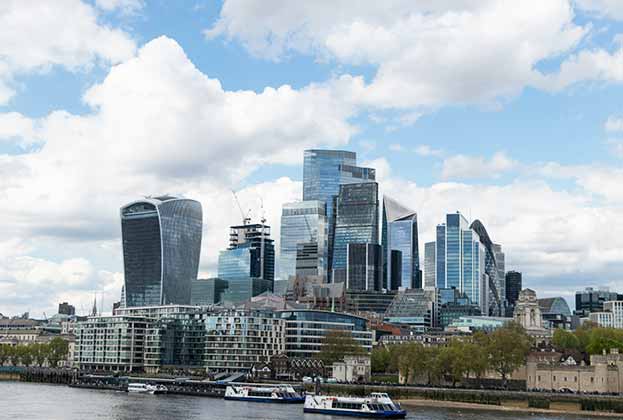Global economic growth increased 3.7 per cent over 2018, a marginal decrease on the 3.8 per cent growth seen in 2017, according to the International Monetary Fund (IMF).
Despite starting with good momentum, the global economy cooled over the course of the year as growth slowed in the Eurozone, the United Kingdom, Canada and Japan. Across emerging market and developing economies, activity slowed more markedly in Argentina, Brazil, and Turkey.
Global GDP is predicted to grow 3.5 per cent in 2019 according to the IMF. This reflects the negative effects of tariff increases in the United States and China and a continuation of the softer growth in the second half of 2018.
Despite economic headwinds, the commercial real estate market continued to grow in 2018. Globally, acquisitions of income-producing assets totalled $963.7 billion, the third highest annual total on record and an increase of 3 per cent on 2017, according to Real Capital Analytics (RCA).
However, there was a range of performance by region. Activity in 2018 compared to 2017 increased 16 per cent in America, fell marginally by 2 per cent in Asia Pacific (excluding land sales) and fell more significantly by 10 per cent in Europe.
Focusing on cross border flows, the largest investment flow by region was within European borders, with European countries investing $79 billion in their neighbours’ real estate in 2018. European capital going outside the continent was approximately one third of this of amount, with North America being the main location of choice, totalling $24 billion compared with the $5.1 billion heading to markets in Asia Pacific.
The largest cross border flows between regions remained from North America into Europe at $53 billion. Spain was the most popular country in Europe for North American capital in 2018, followed by the UK.
Investors from Asia Pacific investing outside of their home country preferred to invest outside the region entirely, with close to $41 billion flowing to other regions in 2018 compared with $21 billion within Asia Pacific. Europe was the destination of choice for most, closely followed by North America.
Despite total global real estate investment volumes marginally increasing over the year and some positive highlights throughout all regions, the momentum within the top global markets mostly slowed in the fourth quarter of 2018. This is expected to continue into 2019 as real estate investors are faced with widespread macroeconomic and political uncertainty.
The potential for capital and income growth from real estate assets has fallen due to compressed yields and a weaker growth outlook and many investors are expecting lower returns in 2019, but there are still some exceptions, particularly in the industrial sector and some office markets.
Overall, while interest rates remain low and inflation is controlled, it is unlikely that we will see a significant shift or fall in real estate investment volumes in 2019.
Further information
Read more: The economic impact of populism





.jpg)

.jpg)


